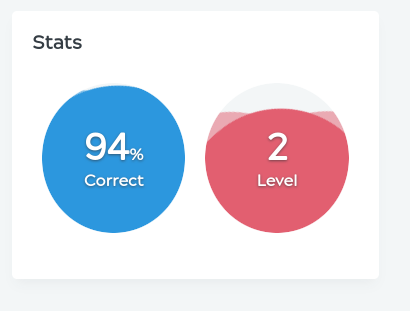Just to let you know that the cards aren’t ordered by WK kanji order, which means that you’ll see words using kanji that you have yet to learn on Wanikani.
Another thing that might be good to know is that cards on Core 10k are tagged with “WK”. This indicates that they’re words also present on WK. If you wish, you can go to the deck, click on “Manage cards”, search by the tag “WK” (using the advanced search) and hibernate them all in one go (since you’ll be learning them on Wanikani) ^^
I personally still go through Wanikani words on Kitsun and see one by one if I wish to give them extra reinforcement or not. If the former, I do their lessons… if the latter, I hibernate them.
Cheers!



 But so far only one person (
But so far only one person ( 


 Also, this platform is more engaging. Thanks
Also, this platform is more engaging. Thanks 
